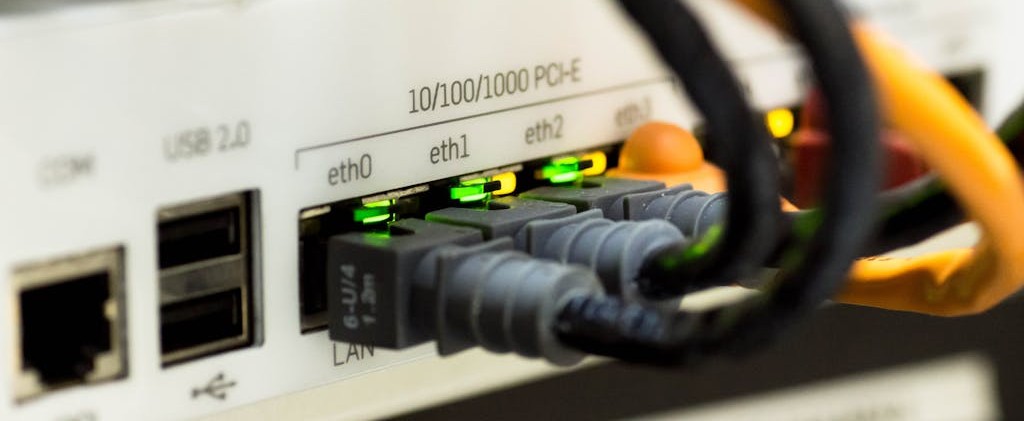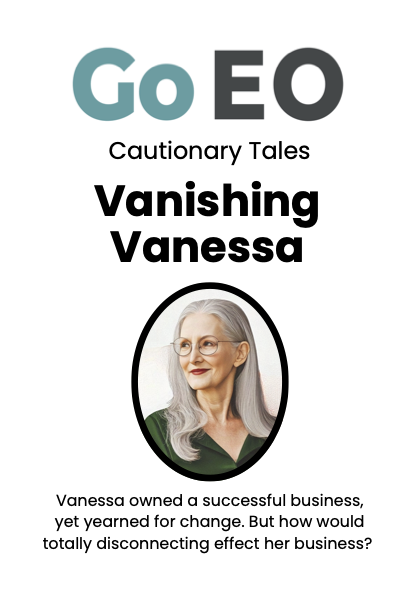At Go EO, we work with founders across every stage of their EOT (Employee Ownership Trust) journey. While lots of airtime is given to the financial, legal and human aspects of the transition, one critical area is often overlooked: information technology.
Today, IT infrastructure underpins almost every operational and strategic process in business. As you transition to employee ownership, and prepare for your eventual exit, it’s vital that your systems, data, and digital practices are ready for the future.
Below we outline the key areas founders should address before, during, and after the EOT transition.
Infrastructure and access control
In many founder-led companies, IT infrastructure grows organically. Systems are added as needed, accounts are created ad hoc, and control often resides with a small number of individuals, in many cases just with the founder.
In the context of an EOT, this approach introduces risk. Once the founder steps back, dependencies or undocumented configurations can quickly lead to issues.
Steps to take:
- Audit and document all infrastructure, e.g. servers, cloud environments, networking, and key systems.
- Move ownership from personal to business accounts so the company, not the founder, retains administrative control.
- Adopt modern identity management tools such as single sign-on (SSO) and multifactor authentication to standardise access and reduce risk.
- Only give employees access to what they need (not everything).
A stable IT setup ensures business continuity as control gradually shifts from founder to other directors and employees.

Data management and security
Good data management is vital when a business changes hands. If information isn’t properly controlled or kept secure, it can lead to confusion, compliance issues, or even damage the company’s reputation. Putting clear systems in place to protect and manage data helps keep everything running smoothly through the transition and beyond.
Founders should focus on:
- Data mapping: Understand what data exists, where it’s stored, and who can access it.
- Backups and disaster recovery: Implement automated, tested backup routines and ensure recovery processes are clearly documented.
- Cybersecurity protocols: Put reliable safeguards in place, such as good virus protection, and data encryption.
- Compliance: Ensure data handling and storage conform to the UK GDPR and other sector regulations. Appointing a data protection lead within the EOT governance structure can strengthen accountability.
Software, licensing, and subscriptions
Software ownership often presents hidden complexities during an ownership transition. Over the years, founders may have paid for applications using personal cards or used email addresses tied to their own accounts.
As part of EOT preparation:
- Transfer all licences into the company’s name. Ensure invoices and renewals go to business-controlled accounts.
- List every application and subscription including its purpose, cost, renewal cycle, and administrator.
- Clarify intellectual property rights for any bespoke software or digital assets – confirm that ownership sits with the company.
This process helps the business avoid disruptions, ensures financial clarity, and often uncovers cost-saving opportunities.
Supplier and contract management
Technology suppliers, consultants, and managed service providers often have informal or founder-led relationships with the business. Under an EOT, these relationships must be transparent, documented, and transferrable.
Actions to consider:
- Review all IT-related contracts, ensuring they are in the company’s name and include defined points of contact.
- Compile a central supplier register detailing renewal dates, service levels, and escalation procedures.
- Introduce formal vendor review processes so future decisions are made collectively and based on objective performance metrics.
Knowledge transfer and internal capability
No IT system can function sustainably without people who understand it. Knowledge transfer is one of the most underestimated (but vital) aspects of founder succession.
Best practices include:
- Producing a comprehensive IT handbook covering all systems, procedures, and contact information.
- Identifying and training internal system owners – employees who will take responsibility for day-to-day IT oversight.
- Using external managed service providers (MSPs) strategically to support the in-house team rather than replace it.
- Embedding IT awareness into wider company training and employee induction processes.
In an employee-owned environment, this knowledge-sharing culture reinforces empowerment, self-reliance and transparency – core values of the EOT model.

Strategic planning and future readiness
Moving to an EOT isn’t just about changing ownership – it’s a chance to set the business up for the future. It’s a good time for founders to update systems, refresh how things are done, and make sure the company’s technology supports where it’s heading next.
If you’re looking to the future, consider whether the business could benefit from:
- Migrating to cloud infrastructure for greater flexibility and reduced maintenance overheads.
- Implementing automation to streamline administrative or repetitive tasks.
- Improving data analytics and reporting to enhance transparency and decision-making by employee trustees.
- Integrating sustainability into IT strategy, assessing the environmental impact of technology use and procurement.
Having a clear plan means that by the time the founder steps away, the company’s systems will fully support how the business works and where it’s going.
Conclusion
Preparing your IT for an EOT transition isn’t simply a technical exercise – it’s about enabling independence. Robust systems, clear ownership, and shared understanding create confidence that the business can thrive long after the founder departs. And prevent potential IT disasters.
Read our fictional story “Vanishing Vanessa” to see how overlooked IT issues could unravel a business.
FAQ
Why is IT such a critical part of the EOT transition?
IT systems support almost every function in a business. When ownership moves to an Employee Ownership Trust, control and accountability shift as well. Ensuring that technology, data, and access are properly managed helps prevent disruption and gives trustees and employees confidence in the company’s resilience.
What IT risks are most common in founder-led companies?
Many founder-led firms rely on informal IT arrangements: personal accounts, undocumented systems, and limited administrative access. This creates risks when the founder steps back, as knowledge gaps or misplaced control can cause serious operational issues.
When should IT planning start in an EOT process?
IT preparation should begin early, ideally alongside legal and financial planning. Auditing systems, transferring ownership, and updating processes takes time and is easier to complete before the transition is finalised.
What does “audit” mean in this context?
It involves identifying and documenting all key systems: servers, networks, cloud environments, and software. The aim is to confirm who controls each system, how it connects to others, and whether it is owned by the company rather than an individual.
How should software licences and subscriptions be handled?
Transfer all software and subscriptions into the company’s name, centralise billing, and maintain a register of applications. This avoids confusion and clarifies costs and ownership of intellectual property.
What should happen with existing IT suppliers and contracts?
All supplier relationships should be documented and formalised. Contracts must name the company as the client, and service agreements should include clear contact points and renewal terms.
How can founders ensure IT knowledge isn’t lost?
Create an IT handbook, train internal system owners, and plan structured handovers. Encourage knowledge-sharing and integrate IT awareness into employee induction and development programmes to build long-term capability.

